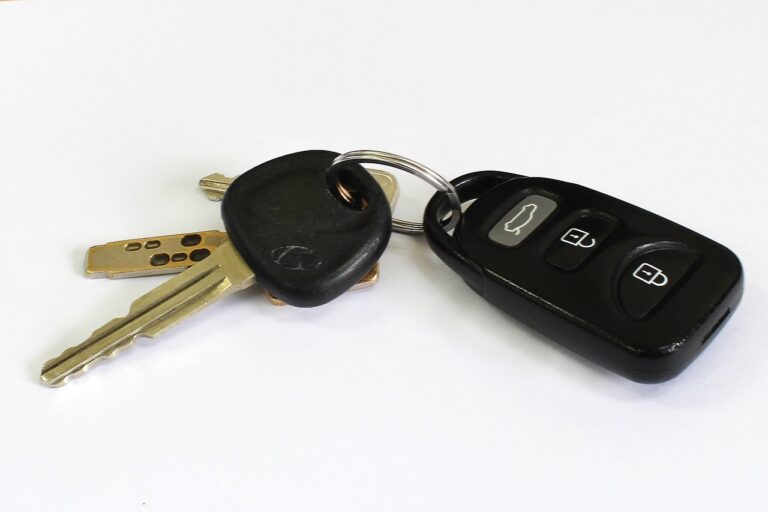The Intersection of Data Security and Connected Vehicles
The rapid advancement of technology has brought forth a myriad of challenges when it comes to securing connected vehicles. One of the primary issues lies in the complexity of the systems that power these vehicles. With multiple interconnected components and communication networks, the attack surface for potential security breaches widens, making it increasingly difficult to safeguard against cyber threats.
Moreover, the diverse ecosystem of stakeholders involved in the development and operation of connected vehicles adds another layer of complexity to ensuring their security. From automakers to software developers to third-party service providers, each entity plays a crucial role in the overall security posture of connected vehicles. Coordinating efforts and establishing clear guidelines for all stakeholders to adhere to can be a daunting task, further exacerbating the challenges faced in securing these vehicles.
Risks Associated with Data Breaches in Connected Vehicles
Connected vehicles are becoming more prevalent on the roads today, offering a host of conveniences such as real-time navigation, remote engine start, and in-car internet connectivity. However, these technological advancements also bring about significant risks, particularly in terms of data breaches. Due to the high level of digital connectivity within these vehicles, they are vulnerable to cyber attacks that can compromise sensitive information stored in their systems.
One of the risks associated with data breaches in connected vehicles is the potential exposure of personal data. This includes information such as driving patterns, vehicle location, and even personal identification details that can be targeted by hackers. In the event of a data breach, this sensitive information can be used maliciously, leading to privacy violations and identity theft. Thus, safeguarding the data stored in connected vehicles is imperative to protect the privacy and security of both drivers and passengers.
Best Practices for Protecting Data in Connected Vehicles
One fundamental best practice for safeguarding data in connected vehicles is to regularly update all software and firmware. Manufacturers frequently release patches and updates to address security vulnerabilities. By ensuring that your vehicle’s systems are updated, you can better shield it from potential cyber threats that exploit outdated software.
Another crucial practice is to use strong, unique passwords for all vehicle-related accounts and devices. Avoid using common or easily guessable passwords, such as “123456” or “password.” Opt for a combination of letters, numbers, and special characters to create more secure passwords. Additionally, consider enabling two-factor authentication for an extra layer of protection against unauthorized access to your vehicle data.
– Regularly update all software and firmware
– Use strong, unique passwords for all vehicle-related accounts and devices
– Avoid common or easily guessable passwords like “123456” or “password”
– Opt for a combination of letters, numbers, and special characters in passwords
– Consider enabling two-factor authentication for extra protection against unauthorized access
What are some key challenges in securing connected vehicles?
Some key challenges in securing connected vehicles include the increasing complexity of vehicle systems, the potential for remote hacking, and the lack of standardized security measures across the industry.
What are the risks associated with data breaches in connected vehicles?
Risks associated with data breaches in connected vehicles include unauthorized access to personal information, potential safety hazards if vehicle controls are compromised, and the threat of ransomware attacks.
What are some best practices for protecting data in connected vehicles?
Some best practices for protecting data in connected vehicles include regularly updating software and firmware, implementing strong encryption protocols, restricting access to sensitive data, and conducting regular security audits.







